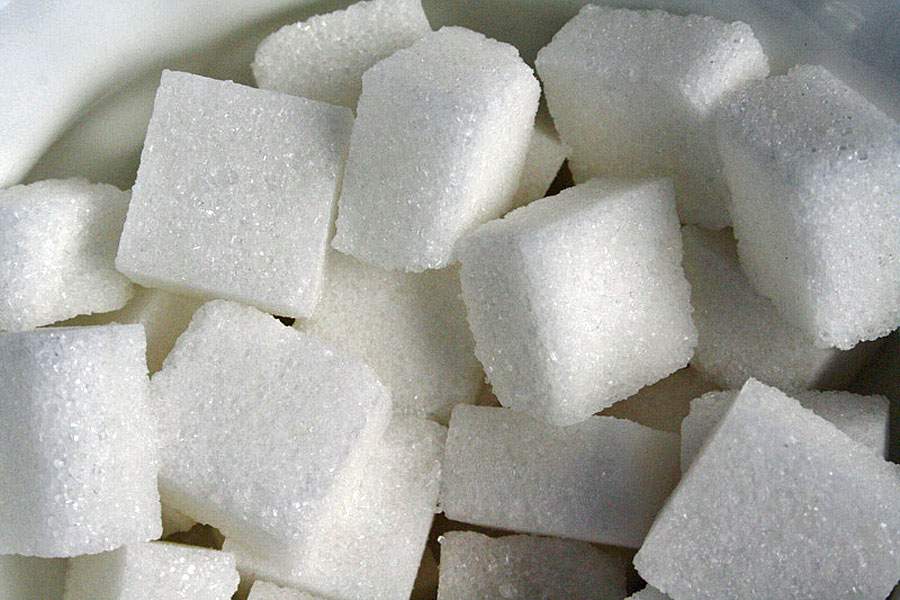
Here's a very simple experiment you can do at home with your kids. Or, if you are a kid, you can do this one with your parents. Either way, somebody's bound to learn something.
Try This At Home
Step One
First, take two same-sized sugar cubes and crunch one of them up in a spoon until it's a powder.
Step Two
Now take two same-sized glasses and fill them with the same amount of water.
Step Three
In one glass put your remaining single sugar cube. In the other glass put the crunched-up sugar.
The Question Is: Which One Will Dissolve First?
If you kept all the other factors the same, you'll find that the crunched-up sugar dissolves much faster than the cube. Depending on how much water you used, the crunched-up sugar may dissolve before any hits the bottom. But the cube will sit there, slowly coming apart.
It's the same amount of sugar.
What's The Difference?
The difference is in surface area. Chemists say that a reaction between two things can only take place at their surfaces. In this instance, the sugar molecules are reacting with the water molecules. Water molecules are slipping in between sugar molecules and making them fall away from other sugar molecules. But this can only happen where the two kinds of molecules meet: that is, at the surface.
Although the crunched-up sugar is exactly the same amount of sugar, it has much more surface area in which a reaction can occur. Every tiny bit of it now is another surface touching the water. Most of the sugar in the cube is protected from the water by being "inside." Another way to say that is: only a small percentage is on the surface.









